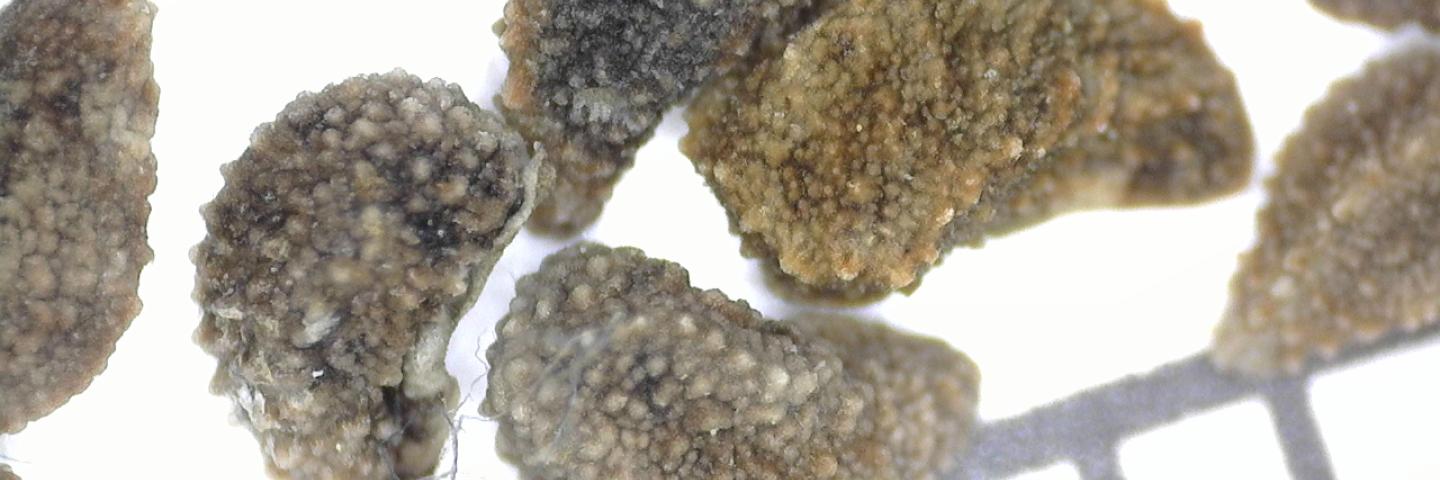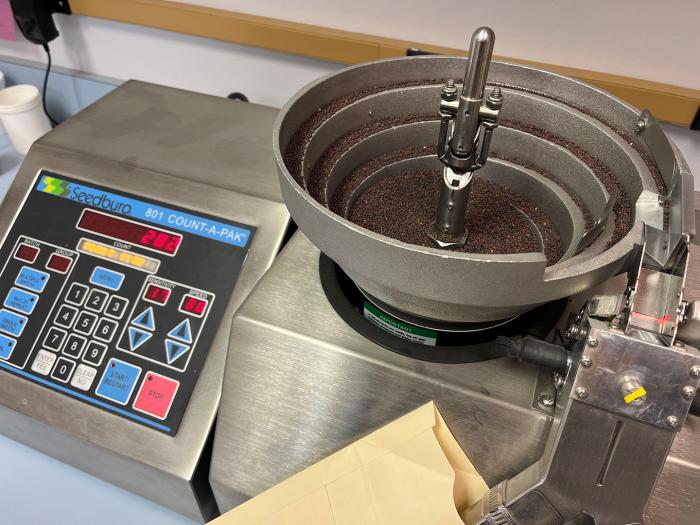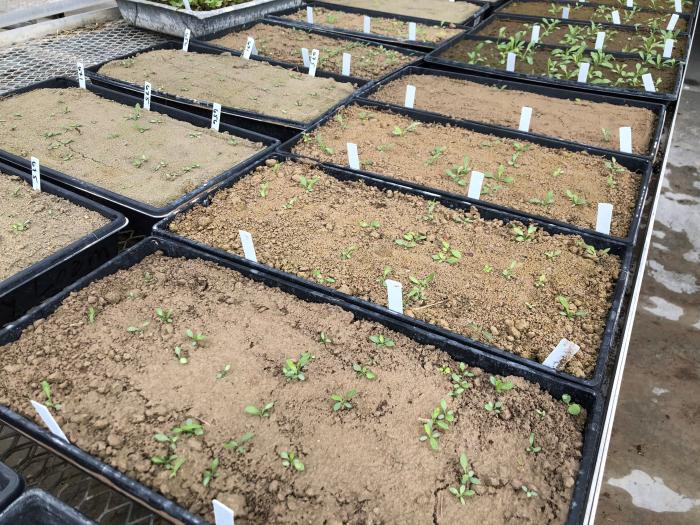Back to Basics: The importance of plant characteristics

The foundation of a successful seeding is knowing the basic requirements of the species being seeded. One role of the Plant Materials Program is to gather these basic data and to publish them for use by field offices and others.
The foundation of a successful seeding is knowing the basic characteristics and requirements of the species being seeded. In the Information Age, it’s easy to assume that these basics are “out there” if we just type the right words into the search engine. However, characterization of a species must be done by someone, and it must be done in a way that is scientifically valid, i.e., repeatable and reliable. Consider, for example, basic planting specifications like seed weight, seeding depth and soil adaptation for various conservation species. While some species are well understood, many others are new to conservation practitioners, and basic adaptation and growth requirements are unknown. One role of the Plant Materials Program (PMP) is to gather these basic data and publish them in various media like technical notes, plant guides, and the USDA PLANTS database so they may be used by field offices, partners, and the public.
One of the primary species characteristics used by conservationists is seed weight. The number of seeds per pound is the basis for seeding rates and while an internet search will yield multiple values of seeds per pound for some species, others have none. To ensure the accuracy of species characteristics, the PMP is actively gathering seed weight data on numerous conservation species. Seed counts are done in a replicated, scientifically reproducible manner, and are published in documents like the Bridger, Montana Plant Materials Center guide to their conservation plant releases.

Another critical area of information for seeding projects is seed germination requirements. How deep should the seed be planted? At what temperature will the seed germinate? To what soil textures is the species adapted? Answering these questions are some of the first steps Plant Materials Centers will take when investigating a new species for a conservation plant release. For example, the Aberdeen, Idaho Plant Materials Center recently investigated seed scarification and temperature requirements for a native warm season grass, sand dropseed (Sporobolus cryptandrus). Similar work has recently been completed on another native species, curlycup gumweed (Grindelia squarrosa). Other publications, like the Corvallis, Oregon Plant Materials Center Native Seed Production Manual for the Pacific Northwest (usda.gov) have similar information for many native species.

Basic characteristics of many other species can be found in Plant Guides on the PLANTS Database. If you are searching for basic characteristics of plants in your area, please don’t hesitate to contact the nearest Plant Materials Center or plant materials specialist.

